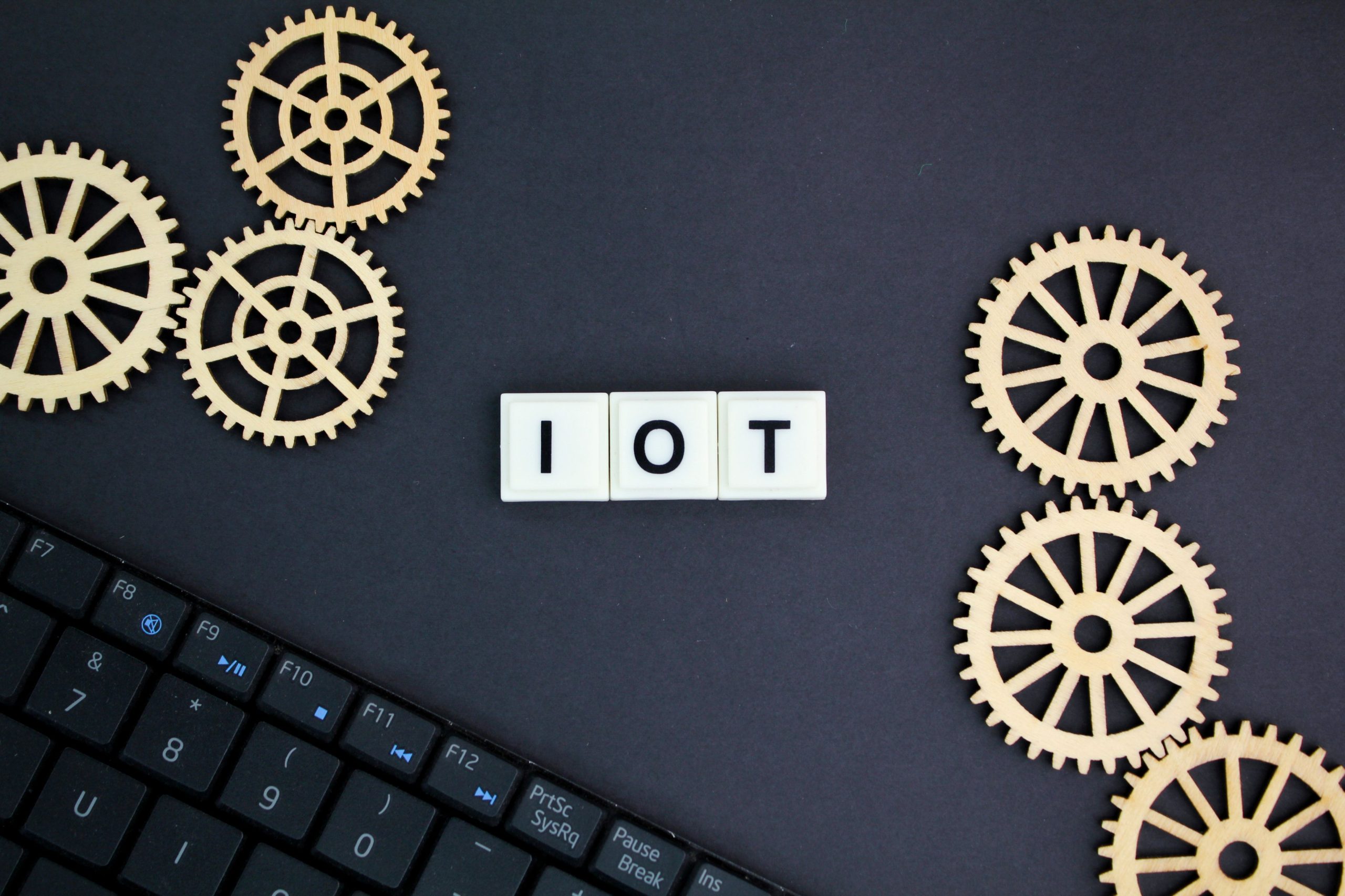ERP Pricing: Get 2019 pricing on 45 different ERP systems. Click to download your free guide.
ERP systems, though not known by that description at the time, were first developed in the 1960s as a means of controlling inventory and other basic manufacturing processes.
By the 1970s, these systems had evolved to become material requirement planning (MRP) systems for scheduling production processes. Fast-forward to the 1990s and Gartner became the first to call these, significantly more elaborate systems, ERPs (enterprise resource planning) systems. As a precursor to the modern ERP systems we know today, these systems had moved from controlling the shop-floor to managing back-office functions, including accounting and human resources.
Looking ahead, most agree that ERP development will happen in the cloud, making information more accessible, more affordable and ultimately more useful to more people. So, as ERP cloud moves in, what other ERP developments are likely to follow?

Consumerisation
Empowered consumers and employees will have a direct hand in shaping the UI (user interface) of ERP systems. Traditionally, manufacturing systems and processes were designed more around solving a problem or streamlining an action as its primary function, with its user interface being a secondary element. The ubiquity of social media and its use has shaped what is expected in terms of user experience and also the means of the user interface and user integration. This level of expectation will mean employees, particularly from a younger generation, will not want to work on archaic, unresponsive systems, forcing innovation or extinction of traditional ERP systems. Systems of the future would need to support multi-team and user collaboration, dashboard customisation and comments/posting to specific system-based requests or processes.
Mobility
While the cloud may be the new home of ERP systems, the front door will be mobile devices. Users of all levels in an organisation, managers, shop floor workers, warehouse staff and sales teams will access enterprise data via their mobile devices anywhere and anytime. This more extensive use of mobile will be due to the fact that employees are already using their devices extensively and are likely to always carry it with them. Mobility will translate to greater speed and efficiency with no one needing to first ‘get back to the office’ before they can respond to a request. The imminent release of 5G technology supports this need for greater speed with the expectation being that 5G could be up to 200 times faster than 4G LTE. In addition, the growth in remote working teams, part-time and contract staff will require that ERP software be available, accessible and operational on the go.
Business intelligence
Already a hallmark of a good ERP system, the use of business intelligence (BI) will go beyond simply compiling reports. Organisations will increasingly demand that ERP system data not just be available, but interpretable in such a way as to produce strategic leverage. With much talk and focus on machine learning and AI, the integration of these technologies with ERP systems seems not only inevitable but imminent. AI or machine learning empowered ERP systems will be able to provide advanced analytics, greater workflow automation and increasingly intelligent interfaces and forecasts.
Partitioning
The strength of an ERP system has always rested in the system is greater than the sum of its parts. The proliferation of apps and SaaS products have meant customer expectations have shifted from faith in a single solution to a combination of fit-for-purpose point solutions. Changing lanes between single solutions and clustered options seems to be a natural rhythm in organisational development, leaning one way or the other based on internal and external pressures and challenges.
However, the implementation of point solutions will continue to challenge unitary ERP systems due to their perceived lower cost, lower risk and ability to show business benefits in a shorter timeframe. Accordingly, ERP systems will have to ensure it can adequately address the challenge by clusters of point solutions, not just other ERP systems. The biggest challenge ERPs will face in the onslaught of independent applications is integration. Figuring out how to expertly integrate a constant stream of data from multiple sources and still present it in a coherent ERP system will win the game.
ERP System Evolution’s Biggest Challenge
While each of the innovations mentioned all serve as signposts showing how the future of ERP systems is likely to unfold, there remains one challenge: people.
Historically, the uptake of staff in adopting new technology is slow and when it comes to radical digital transformation, most companies are not yet ready for what’s coming. Innovation in ERP systems cannot happen in isolation, it needs to be accompanied by comprehensive change management efforts.
Addressing the concerns and fears of employees will prove to be as important as adopting or integrating new technology, which suggests there is one more way that ERP systems are likely to change. They will have to bring people together, like a social network, but for work.







